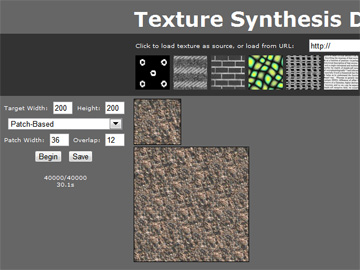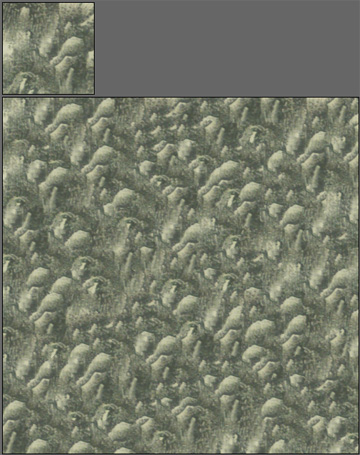|
| |
|
| |
|
|







|
|
TCHS 4O 2000 [4o's nonsense] alvinny [2] - csq - edchong jenming - joseph - law meepok - mingqi - pea pengkian [2] - qwergopot - woof xinghao - zhengyu HCJC 01S60 [understated sixzero] andy - edwin - jack jiaqi - peter - rex serena SAF 21SA khenghui - jiaming - jinrui [2] ritchie - vicknesh - zhenhao Others Lwei [2] - shaowei - website links - Alien Loves Predator BloggerSG Cute Overload! Cyanide and Happiness Daily Bunny Hamleto Hattrick Magic: The Gathering The Onion The Order of the Stick Perry Bible Fellowship PvP Online Soccernet Sluggy Freelance The Students' Sketchpad Talk Rock Talking Cock.com Tom the Dancing Bug Wikipedia Wulffmorgenthaler |
|
bert's blog v1.21 Powered by glolg Programmed with Perl 5.6.1 on Apache/1.3.27 (Red Hat Linux) best viewed at 1024 x 768 resolution on Internet Explorer 6.0+ or Mozilla Firefox 1.5+ entry views: 844 today's page views: 87 (10 mobile) all-time page views: 3242685 most viewed entry: 18739 views most commented entry: 14 comments number of entries: 1214 page created Wed Apr 9, 2025 08:06:00 |
|
- tagcloud - academics [70] art [8] changelog [49] current events [36] cute stuff [12] gaming [11] music [8] outings [16] philosophy [10] poetry [4] programming [15] rants [5] reviews [8] sport [37] travel [19] work [3] miscellaneous [75] |
|
- category tags - academics art changelog current events cute stuff gaming miscellaneous music outings philosophy poetry programming rants reviews sport travel work tags in total: 386 |

| ||
|
Visited a friend who got diagnosed with (a fortunately highly treatable form of) cancer out of the blue, as well as another friend whose wife delivered of an extremely cute and sorta heavy (more than half of the local record holder) baby, both on Tuesday. Learnt that chemotherapy does not involve being inserted into a cool tube (turns out that's radiotherapy). Spent some time figuring out NUH's unnecessarily-complicated elevator system - can't all lifts just service all floors? Remembered the overhead tracks from long ago. Felt a bit under the weather myself after that, and was further hobbled by my corn, or whatever is left of it. After consulting with Mr. Robo, it was agreed that all my medical cover entitled me to was hot water and a sharp penknife, with which I attacked the offending tissue with gusto. Here's the trifle promised last week:  (Click to visit - Note: Tested with Google Chrome only) I decided to code it since it is (distantly) related to my current research direction. The algorithms demonstrated are hardly new, being around for a decade, but to the best of my knowledge have yet to be greatly surpassed. The basic problem is: given a small sample of a texture, how to synthesize an arbitrarily large copy of it. This was not as simple as it now seems - old-timer web surfers must remember the once-common tiled backgrounds on personal webpages, which is a very simple solution, which however usually leaves unsightly edges (and gave rise to various manual techniques to remove them). Eventually, some of the best approaches towards solving this problem were to determine the composition of a pixel (or patch) depending on its immediate neighbourhood. Formally, the model used is a Markov Random Field, but don't let that scare you - all it basically means is that "I'm selfish and don't care about anything but my immediate circumstances", a property that can apply to, among other things, artificial intelligence networks and your average oil-drilling company. [N.B. Have I ever mentioned the (probably common) angst of a graduate student at banging one's head over a paper chock-full of abstruse formulae and, after mostly understanding it, realising that the whole thing was actually fairly simple and why, oh why, did it have to be stated in that way???] The original pixel-based approach worked on individual pixels, after which the author realised two years later that the identity of a pixel is often predetermined (since once a portion of its neighbour is decided, there aren't many possible options), and that the process could be speeded up significantly by considering patches of pixels instead. Interestingly, the authors acknowledged that a Ph.D. thesis described an extremely similar method way back in 1981, but was likely never realised due to being computationally infeasible at that time. However, as we have seen, techniques once considered far too slow to be practical often resurface when hardware catches up; the unhappy corollary is that if you design such a technique, you may need to wait a long, long time to get any recognition. One side-effect of this is that the complexity of tech used may often decrease as time goes by. Considering the above texture synthesis methods, the pixel-based one is arguably simpler to write, since it does not require additional mincut handling (seen in Seam Carving a few months before). The main tradeoff which I have observed is speed, but as machines get faster, this concern may in practice diminish to nothing - brute force would then take over ingenuity. This is in fact how chess computers have been able to beat the best human grandmasters, and Slate has recently published a series on how robots (or technology) will steal human jobs (a trend covered here already), even from *gasp* lawyers and scientists. Of course, it might figure that dishing out boilerplate legal forms isn't exactly an insurmountable challenge for software programs. Succinctly put, any job which you can teach to a not-very-bright subordinate probably can be programmed in a computer (which is essentially a completely unimaginative but absolutely dedicated worker). The problem is, it usually only takes a small but brilliant team to do that programming once - the software can then be used by an unlimited number of employers, and more importantly, replace an unlimited number of employees. Economics just got more interesting.  Dropped by the exhibition of my late uncle's art pieces, and was inspired to experiment with some texture samples from his work; he always struck me as quite tech-savvy and could whip up some mean paintings with just Microsoft Paint, so I like to think that he would have approved:  Original texture (closeup of mountains) at top left; the larger texture was wholly generated from the original Next: Notes From A Cult Leader
|
|||||||
 Copyright © 2006-2025 GLYS. All Rights Reserved. |
|||||||